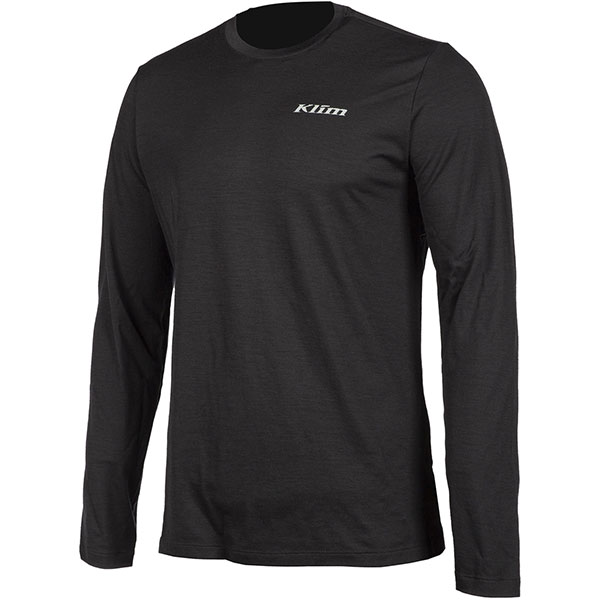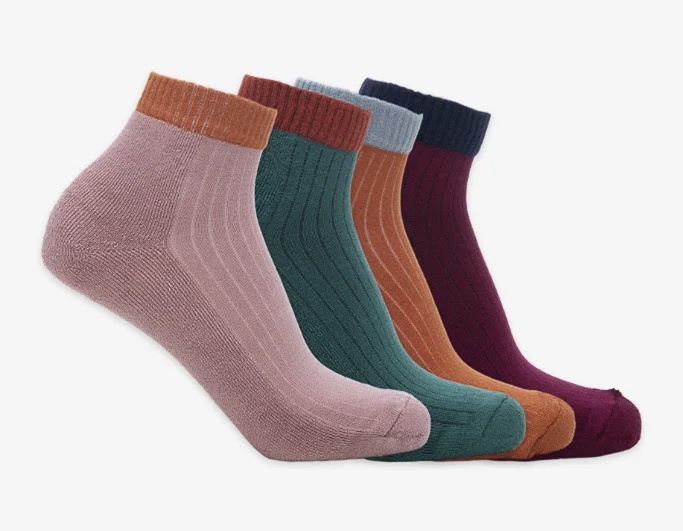Top Rated Merino Wool Base Layer Website
Wiki Article
Why Are Yak And Merino Wool Baselayers Efficient In Winter Sports Clothing Due To Their Natural Fiber Benefits As Well As Environmental Sustainability?
Yak merino wool base layer are extremely effective as winter sports clothing, not just because of their performance benefits but also due to their fiber-based benefits as natural and environmental sustainability- Renewable and Biodegradable-
Both Merino and Yak are natural fibers derived from animals. These natural resources can be harvested without harming any animals. They are biodegradable, meaning that they degrade naturally, without harming the environment.
Environmental impact is minimal
Natural fibers are typically less harmful to the environment as compared to synthetic materials. The production of wool is much more eco-friendly than synthetic fibers because it requires less chemical processes.
Efficiency in Energy Efficiency-
The processing of wool fibers uses less energy than synthetic fibers produced like nylon or polyester. Natural wool production is energy efficient, which results in lower carbon emissions.
Minimized Microplastic Pollution
Wool fibers contribute less to microplastic contamination of the water than synthetic fibers. Synthetic fibers shed microplastics as they wash.
Product's long-term durability and its Recyclability
Yak Merino Wool garments tend to last for a long time and are durable. lasting, which increases their longevity. Wool fibers can also be reused or recycled which reduces waste and environmental impact.
Sustainability Practices
Certain producers and manufacturers of wool follow ethical and sustainable practices. They are careful to ensure the well-being of animals, good land management, and fair work conditions for their workers.
Environmental Certification-
To assure consumers of the quality of wool produced is a certification such as the Responsible Textile Standard (GOTS) or the Global Organic Textile Standard.
Base layers made from yak merino are typically green because they originate from renewable and natural sources. They also have minimal environmental impact during production and use sustainable, ethical supply chains. This is due to the fact that natural fibers are eco-friendly. Take a look at the top extra resources on merino wool base layer for more info including smartwool merino 250 base layer, smart wool baselayer, wool undershirts, snow base layers, ski thermals womens, ice breaker thermals, smart wool baselayer, wool long underwear mens, ski base layer womens, wool thermal underwear and more.

What Are The Benefits Of Wearing Bamboo Clothing In Regards To Thermal Regulation As Well As Uv Protection, Biodegradability, And Environmental Impact.
Bamboo clothing offers many benefits in regards to thermal regulation and UV protection.
Bamboo fabric provides insulation and has natural thermal-regulating properties that provide warmth during colder weather and air-conditioned. It helps regulate body temperature by retaining the heat during cooler temperatures and also allowing airflow to prevent excessive heat during exercise.
UV Protection
UV Resistant: The bamboo fabric is a natural shield against harmful UV rays. It is a great layer of protection against sun exposure by blocking an extensive amount of UV rays.
Biodegradability-
The bamboo clothes are biodegradable. This means that it is able to be degraded without leaving harmful residues behind and does not contribute polluting the environment. This means that clothing waste is reduced and the environmental impact.
Environmental Impact-
Sustainability- Bamboo is extremely durable as a raw material. It is a plant that grows rapidly that does not require pesticides and chemical fertilizers. Its speedy growth makes it renewable.
Bamboo has a low water requirement compared to cotton and other crops. It is therefore more efficient when it comes to water usage. This helps in conservation efforts and lessens the burden on water resources.
Soil Conservation
Soil Health- Bamboo cultivation typically does not deplete soil nutrients or require a lot of irrigation, which contributes to healthier soil conditions and making it less necessary to use destructive agriculture practices.
Carbon Sequestration -
Carbon Absorption Bamboo plants absorb more CO2 while releasing more oxygen than other plants. This ability can lower carbon dioxide emissions and help combat global warming.
The thermal regulation of bamboo clothing, its UV protection, its biodegradability and its positive impact on the environment are reasons why it is a top choice for those who are looking for eco-friendly and sustainable clothing. These attributes are in line with environmentally mindful practices and offer benefits for the environment and wearers. Follow the top bamboo clothings for site tips including bamboo jeans, bamboo jacket, bamboo cotton t shirts, cheapest bamboo pajamas, bamboo boxer shorts for men, bamboo dress shirt, cotton bamboo pajamas, bamboo ladies pants, bamboo cotton shirts, boody clothing and more.

What Makes Merino Wool And Bamboo Clothing Distinct From Ordinary Wool?
Merino wool layers, bamboo clothing and regular wool have distinct features that distinguish them from other wools. Merino Wool-
Merino's soft fibers make it soft against your skin. It's less likely to trigger itching or irritation in comparison to wool that is traditionally used.
Merino Wool is a great moisture-holding material.Wicking Properties Merino is a moisture-wicking material that pulls moisture away and allows it to evaporate. The wearer stays dry and comfortable.
Merino Wool is an excellent insulation that provides warmth even when wet. It regulates body's temperature and also provides insulation during cold winter days.
Odor Resistance - It's an anti-bacterial natural ingredient which inhibits the growth of bacteria which keeps clothes fresh and smelling good even after long wear.
Bamboo Clothing-
Softness. Bamboo clothing is frequently compared in feel to cashmere and silk. It's a gentle material that offers a pleasant wearing experience.
Bamboo fabric is moisture-wicking that means it draws away moisture from your skin, and keeps you dry while exercising.
Temperature Regulation- Bamboo clothing has natural temperature-regulating abilities, offering warmth in winter and breathability to prevent overheating.
Sustainability - Bamboo is a extremely renewable resource that grows rapidly, without the need of pesticides or fertilizers. It is biodegradable and it has minimal environmental impact.
Regular Wool
Texture- Wool from the traditional has a variety of textures, with some types being coarser and more prone to causing itching or discomfort.
Warmth - Regular wool is excellent insulation and warmth, however, it can be heavy or bulky.
Moisture Absorption- Wool can absorb moisture, making it less effective in moisture-wicking when compared with merino wool or bamboo fabric. Wool is warm, even if it's damp.
Merino wool is supple and has exceptional moisture-wicking properties It is also resistant to odors and offers insulation. Bamboo clothing has a soft texture, excellent moisture-wicking properties as well as temperature control and sustainability. Wool has a different texture and may not possess the same properties for moisture wicking like bamboo or merino. However, it provides warmth and insulation. Each material has distinct benefits, suited to different preferences and needs when it comes to winter clothing. Take a look at the best he has a good point for merino wool base layers for blog tips including 100 merino wool base layer, long john merino, omniwool base layer, wool thermals mens, patagonia merino wool base layer, warmest base layer for skiing, wool long underwear mens, ski underwear, best long underwear for skiing, sweaty betty base layers and more.
